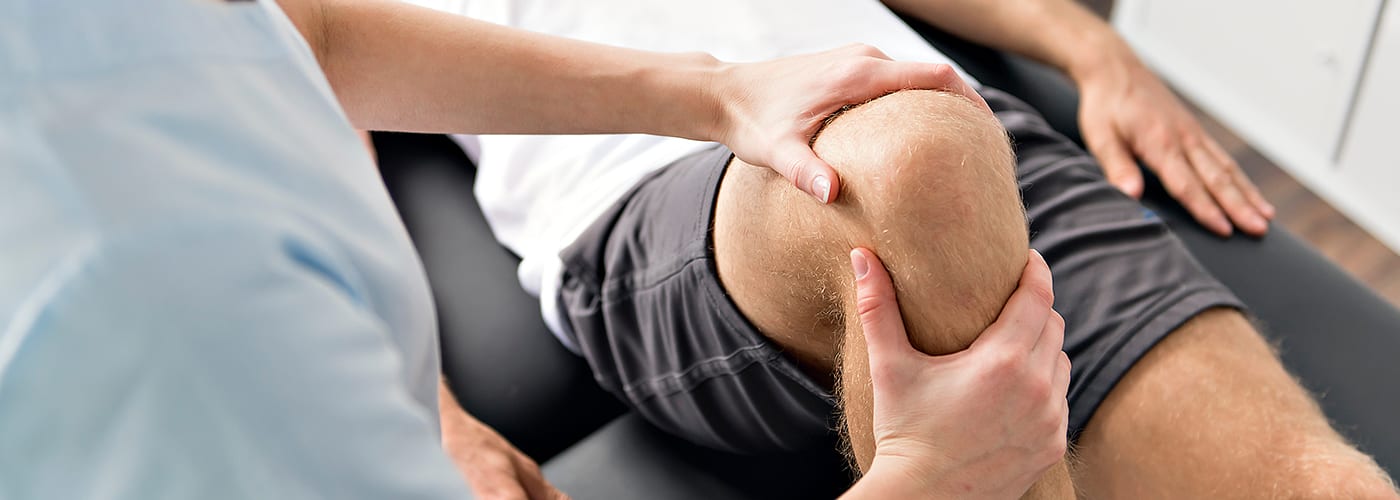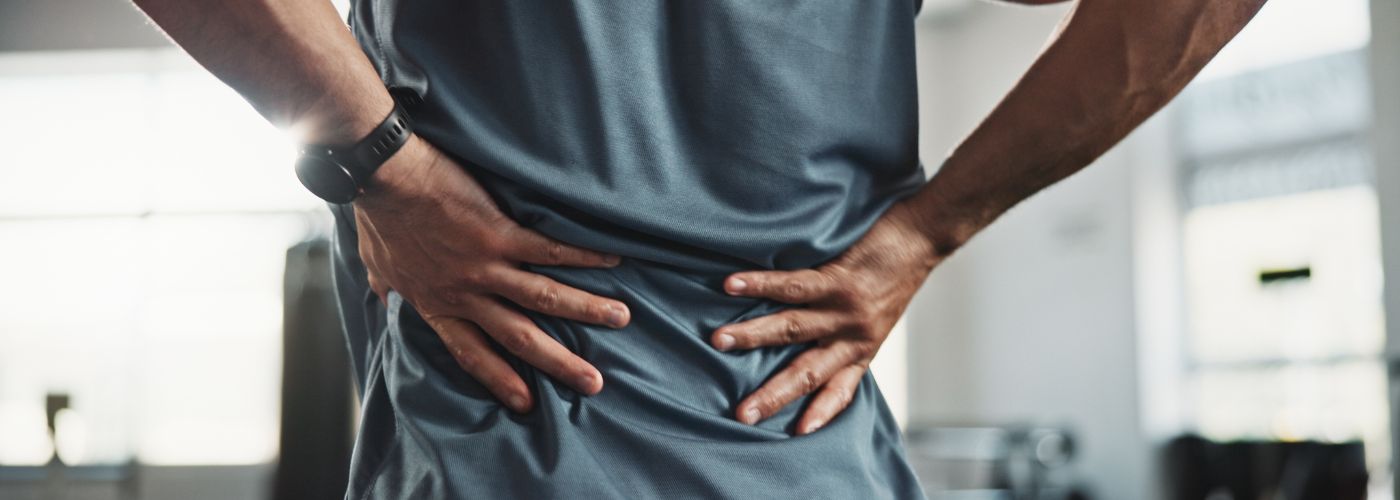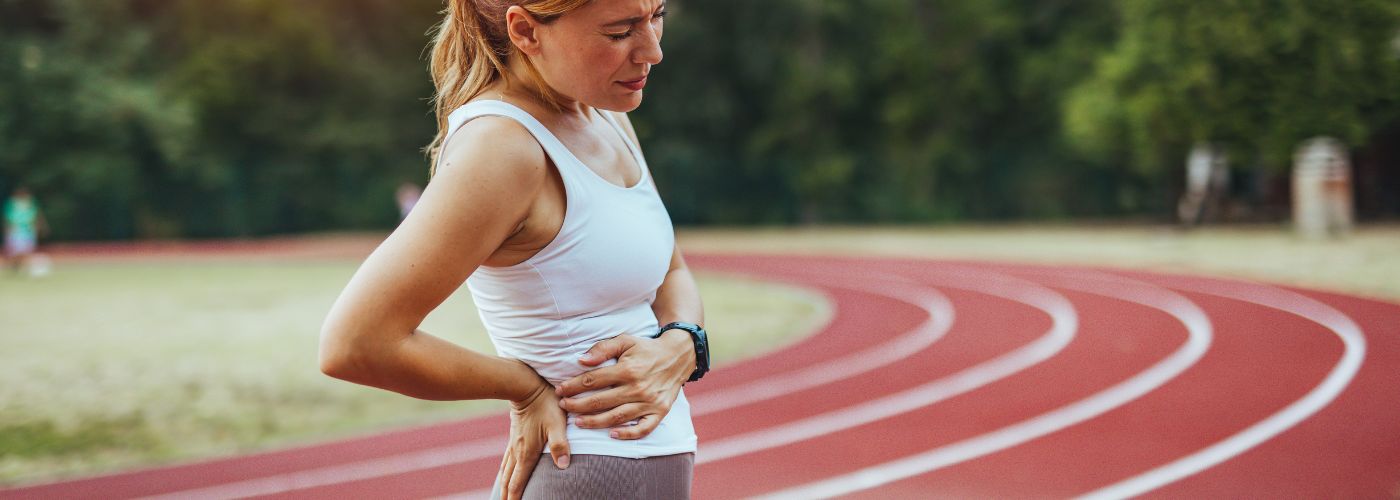Staying active helps your body stay strong. But sometimes, activity leads to pain, strain, or injury. That’s part of the process when you push your limits or move often. It can happen during a workout, in a game, or even from daily movement.
An injury may slow you down, but it doesn’t have to stop your progress. With the right care, you can return stronger. This guide explains how to code with a sports injury using tools like TENS, EMS, and red light therapy for support.
Strain, Sprain, or Something More
Not every injury feels the same. Some hurt a little. Others stop you in your tracks. That’s why it’s important to know what kind of injury you have. A strain happens when muscles or tendons stretch or tear.

These are common in the back, legs, or shoulders. A sprain affects ligaments. These connect bone to bone, and injuries often happen in ankles or wrists.
A tear is more serious and may need imaging or doctor support. Overuse injuries build over time. They cause soreness, fatigue, and pain from repeated stress. If your pain is sharp, swelling increases, or movement is limited, it’s best to see a doctor first.
But if symptoms are mild, you may be able to recover at home. The first step is knowing what you’re dealing with.
Why Doing Less Is Sometimes Doing More
Rest doesn’t mean giving up. It means preparing your body to heal. Right after an injury, your body starts protecting the damaged area. This response creates swelling, heat, and discomfort. During this time, slowing down gives your body space to repair itself.
Use ice to reduce swelling. Elevate the area if possible. Stay hydrated and keep the area still.

Rest may only last a few days, but it matters. What you do during this phase affects every step of recovery that comes next. Without proper rest, you risk reinjury or longer healing.
TENS, EMS, and Red Light in Recovery
Once swelling goes down, it’s time to support healing. This is where tools like TENS, EMS, and red light therapy come in. These are not replacements for rehab or medical care. But they help you build healthy habits and stay involved in your own recovery.
TENS & EMS therapy, like the HiDow XPD-12, uses gentle electrical signals to block pain messages. It can make daily movement easier. TENS & EMS devices, such as the XPDS 4 | 24, activate muscles that haven’t moved much. This is helpful when muscles weaken from lack of use.
Red light therapy, like the HD GLO, helps blood flow and soft tissue recovery. This can reduce stiffness and support healing near joints or sore muscles. These tools work best when used often. Just a few minutes a day can make a big difference.
Rebuilding Is Part of Recovery
Getting back to movement takes time. It’s normal to feel weaker, stiff, or unsure. Many people want to jump back to their routine too fast. But the body needs time to adjust. The focus should be on slow, intentional movement. EMS helps small stabilizer muscles engage.

These muscles keep joints steady but often weaken during rest. TENS helps reduce minor pain as you begin gentle workouts.
Red light can ease stiffness before or after movement. Use these tools to stay steady, not to push harder. Progress happens with patience and repetition. A safe return is always better than a rushed one.
The Mental Reset Matters Too
Recovering from injury can be frustrating. You might feel stuck or left behind. That’s because recovery affects more than the body. It can impact your mental health too.
When you can’t move like you used to, it’s easy to feel off. That’s why building a daily recovery habit helps. Small actions add structure to your day.
A quick TENS session, five minutes of red light, or short EMS use can help. These tools give you something to focus on. When your mind stays engaged, your body tends to follow. Healing isn’t just about what you see. It’s about how you feel, too.
Recovery Is Still Part of Performance
An injury doesn’t mean your progress stops. It just shifts. Recovery is part of performance, not separate from it. The way you respond to injury shapes your future strength. Rest, rehab, and recovery tools all play a role. HiDow’s TENS, EMS, and red light devices support your body through each phase.
They help keep pain under control, muscles active, and blood flow steady. But remember, tools are only one part of the plan. Patience, consistency, and care are just as important. The better you recover, the stronger your return will be.
Final World
Getting hurt is never fun. But it doesn’t have to set you back for good. Every injury is a chance to learn how to take care of your body. With a clear plan, steady habits, and support from tools like HiDow, recovery becomes something you control.
Keep moving forward—even when the pace is slower. Your comeback starts with how you heal.

Related Stories
When Courage Takes Flight: Lessons From a Women’s Skydiving Record Attempt
Photo by Taylor Buffington (T-Buff) We went to Eloy, Arizona on a mission — to...
Nov
Sciatica: 1, LeBron: 0 (For Now)
File photo: LeBron James #6 of the Los Angeles Lakers. (Photo: Thearon W. Henderson /...
Oct
Pickleball vs. Tennis: The Science of Recovery
For years, tennis was the stand-in for movement: endurance, coordination, and power all at once....
Oct
5 Ways to Support Bone Strength with HiDow
World Osteoporosis Day (October 20) October 20 is World Osteoporosis Day, and chances are, you’ve...
Oct
FDA-Cleared Is a Flex. Here’s Why.
Pulling Back the Curtain You’ve seen it on boxes, on websites, in ads: FDA-cleared. It...
Sep
This Is Fibro. This Is Larry.
September is Pain Awareness Month. And we’re not here to give you medical definitions or...
Sep